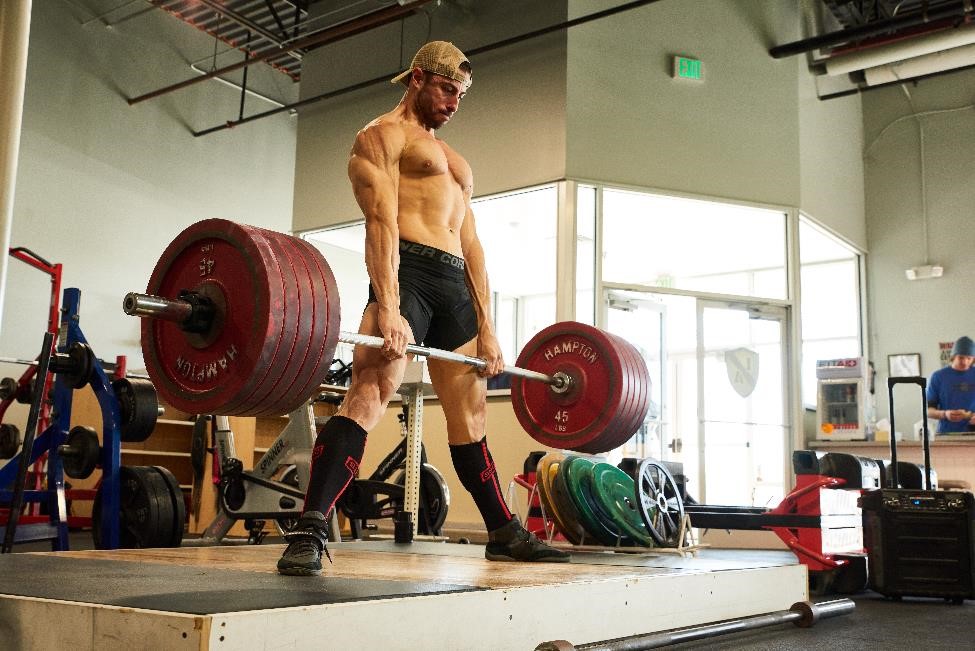As both a coach and athlete, I can’t overstate the benefits of positive momentum. It can make or break our outlook and adherence to a strategy. Positive momentum is often a result of quantitative and/or qualitative progress. On the qualitative front, perhaps we performed the same protocol but with better technique or at a lower subjective level of effort. That said, who doesn’t like seeing quantitative progress? It’s generally more motivating to train when we are seeing progress rather than simply “trusting the process”. Sometimes, some keys to momentum can lie in the simple nuances of program design.
As mentioned in the last post, it’s pretty well established that you can grow from any intensity so long as relative intensity (effort) is pushed within a few reps of/to failure. This provides strong evidence that, when it comes to hypertrophy, relative intensity is more important that the absolute intensity/load on the bar. So let’s pretend a lifter opted to progress the reps performed at a given load vs increasing the load within the same rep range. Now, despite the full spectrum of intensities being “fair game” for hypertrophy, the rep target utilized can still play a sizable role in your rate of progress, but perhaps not for the reasons you would initially think.
For example, lets say you are performing leg extensions within the commonly advocated “hypertrophy range” of 8-12 reps. The first week of an exercise, you get a 4 x 8 w/ 120 lbs, hitting a 10 RPE on the 8th rep of your final set. If you are gradually aiming to progress the reps, you may opt to shoot for 9 reps on the 4th set the following week. Well, the following week arrives and once again you hit 4 x 8 w/ 120 lbs, missing the 9th rep on the 4th set.
Does this mean that no progress has been made? Not necessarily.
It could simply be that a full reps worth of progress wasn’t made, or perhaps your first few sets were performed at a lower RPE than the week prior. It’s also possible that fatigue is simply masking that adaptive increase. But let’s pretend that fatigue isn’t the issue here.
By completing 8 reps, the imposed magnitude of stress is essentially the same as the week prior. In fact, if the first few sets were performed at a lower RPE than the week prior, then the second week’s protocol may have actually resulted in less relative stress than the first week. Both scenarios can be potential issues. By definition, neither circumstance is overloading in nature. Now, we can’t expect performance to improve every session, and not every session needs to/should be overloading (a topic for another post). However, if this issue continues to repeat itself over time, then we could be potentially undercutting our ability to implement overload and recognize our potential for progress. Based on personal experience and observation, it can also result in resorting to bad technique to convince ourselves that we are improving.
To quantify this a bit better, performing 9 reps vs 8 reps the week prior is a ~13% improvement in rep performance. What if we had progressed enough from one week to the next to achieve a 10% improvement ? If our sets had been done with 12 reps in week 1, then performing 13 reps in week 2 is only an ~8% improvement in performance AND it would likely be a greater imposed stress than the week prior (especially if we could do this across multiple sets). So, not only does the higher rep option provide a bit more reassurance that progress has been made, it may also allow us to more effectively implement overload within the current week.
Strategy goes a long way in keeping momentum on your side. If you find you stagnate at a specific number of reps, you may find you can break through that plateau by actually increasing the rep target used as a means to implement more incremental overload. In that regard, higher reps are like the fractional plates for volume progression.



